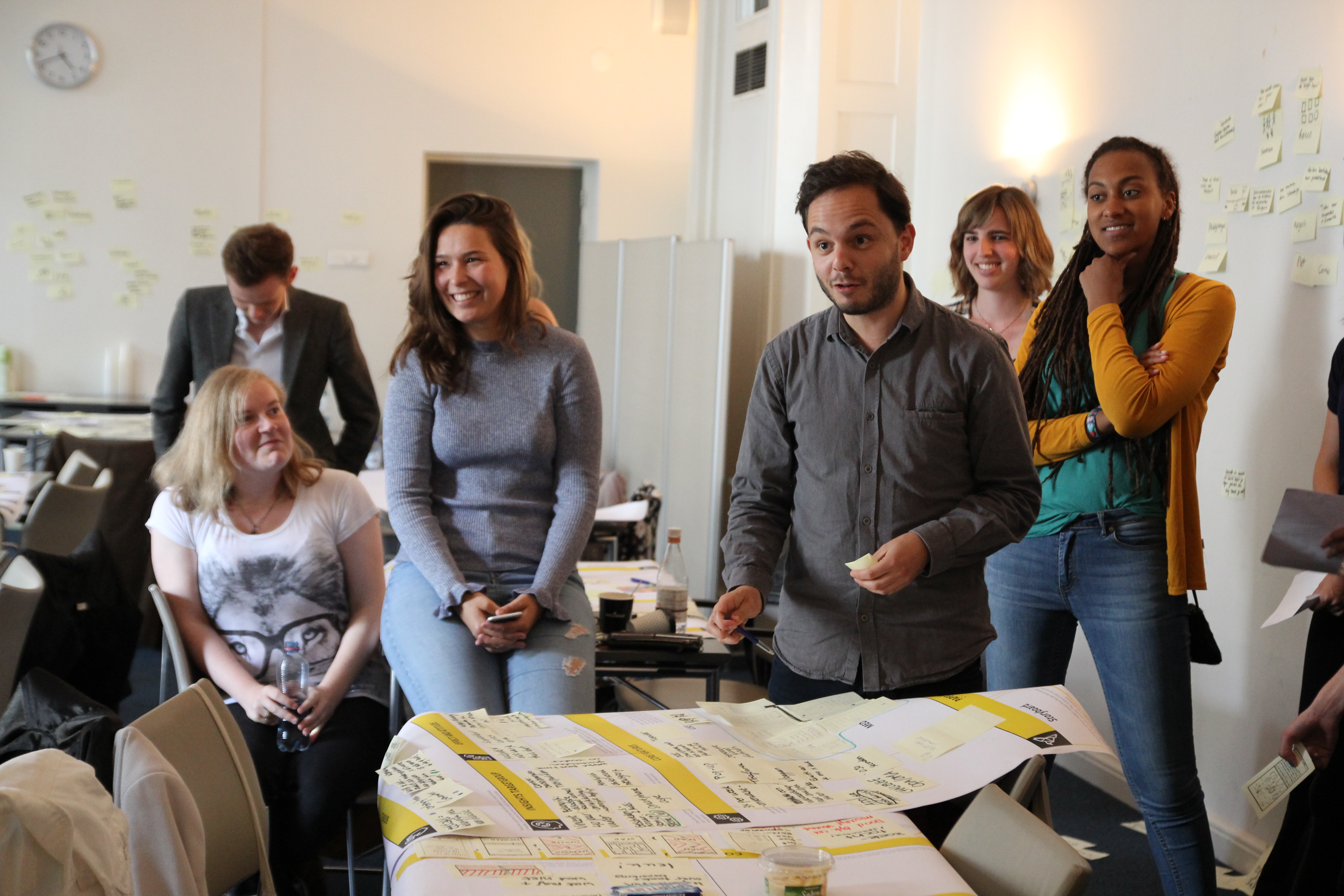
“If I only listen to what my audience wants I can only write about the Megan Markles and Prince Williams of this world. I don’t want that.” It’s a fear we hear a lot. Journalists are afraid of only writing about what their audience wants, when they hear us talk about Audience First. But, that’s not what we mean. Audience First means finding the balance between your job, mission as a journalist and the information needs of your audience. It means guiding them through complicated reality in the best way you can. Making them care about their neighborhoods, climate change or encouraging them to vote. It can be as simple as providing them with a better understanding of the context they’re in.
1. Give them context: be a patient explainer
Give them the context why subjects like for instance healthcare and insurances are important. The news consumer is pretty straightforward in what they want to spend their time on. Often we hear them asking these questions: Why is this important to me? Why should I know this? What is this going to mean to me and my life? Your job: tell them why provide them with context. But tell them in a way they’ll understand and see the importance of the information. This is where an Audience First point of view comes in.

Take the bitcoin. A very complicated product and therefore a challenging subject to explain. But it could be important to inform people about this new phenomenon because it can affect the way we pay in the future. Now, imagine you’re on a birthday and you have to explain Bitcoin. On this birthday both your 30-year-old sister and your 65-year-old grandmother are eager to hear your opinion. Both, want to know more about Bitcoin. Your sister already knows the basics so you don’t have to tell her what a bitcoin is. But your grandmother has a bit of panic in her eyes: “cryptocurrency, that can’t be good.”
Alexander Pleijter, former journalist at The Correspondent and now a lecturer at Windesheim School for Journalism in the Netherlands, is a big supporter of constructive journalism: journalists striving to deliver a constructive contribution to the society they report about. He especially states that constructive journalism is the extra research on top of the mandatory who, what, where, when and why. “At Windesheim we ask our students to dig deeper on what is being done about misconducts and problems in society. We ask them to add the question ‘Now what?’ to their journalistic repertory.” We believe that is the essence of context. What is being done about a problem and now what?
So, if you go back to the birthday. Your sister already knows the basics, so her ‘What now’ could be: what would happen if I invest in Bitcoin? Your grandmother, who doesn’t even understand it, needs a different approach. Her ‘What now’ could be: What does this mean for the payment systems we use now? Do I need to learn online banking all over again?
2. Give them trust: be a thorough verifier
Fake news is probably one of the hottest topics of the last two year. Rising to its ultimate high when Trump announced he was running for president. Blowing everyone’s mind when he became the actual president and misinformation became even worse. Take your time to verify the news thoroughly. It’s the oldest journalistic ‘rule’: always report the truth. But as a journalist, nowadays, you need to verify more than only the news. Verify your assumptions about your audience.
The BBC always thought that the youth uses a majority of media, so they spread the news on every platform they used. At one point they opened the conversation with youngsters between 18 and 26 years old. It turned out that they rather love to read their stories in one place. The nuance: it had to fit in their user’s context. Another example is watching television. Many local broadcasters tell us that the few consumers still watching their news on tv are the elderly. It turns out, everyone is still watching television. They way they do it changed tho. They now watch it not according to the programming structure of the broadcaster, but pick their own time and watch it online.
3. Make them care: don’t underestimate them
“So, it’s like with children: sometimes they can have candy, but still they need to eat their vegetables”, stated a journalist to us. It’s a bit like that, yes. But, don’t underestimate your audience. Don’t forget that most of the time it’s our assumptions about the audience that holds us back in cooking vegetables the right way’.
I remember when I was studying journalism there was this one teacher that annoyed me. She always talked to me like I was stupid or something. She also gave a class I was not that interested in, but it was mandatory. My attention in class was horrible, I didn’t listen to hear because the way she gave the class wasn’t appealing to me.

So, one day I decided to not go and find my own way through the curriculum. She said, that I wouldn’t pass my test. So what did I do? I went to the other teacher and asked him all my questions. He was talking to me in a way I liked, I could debate him and he really taught me instead of judging me. He made me care.
So, make your audience care when you want to tell them something important. How can you make the subjects you want to write about, interesting to your audience? Find out how they want to be informed, why they don’t care now and what would make them care.
